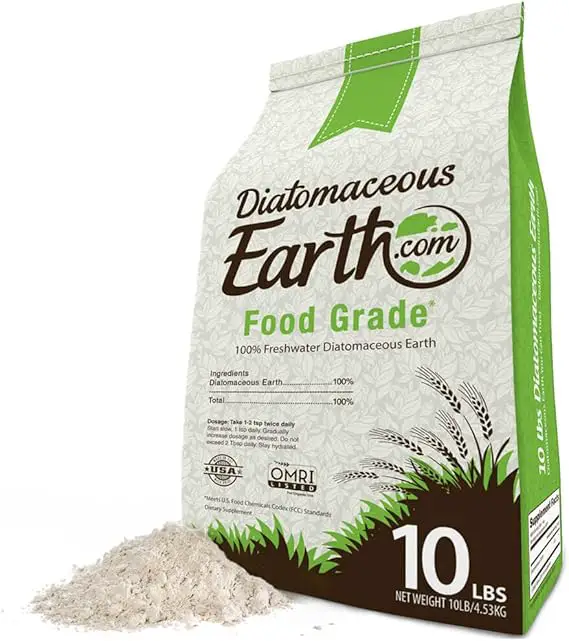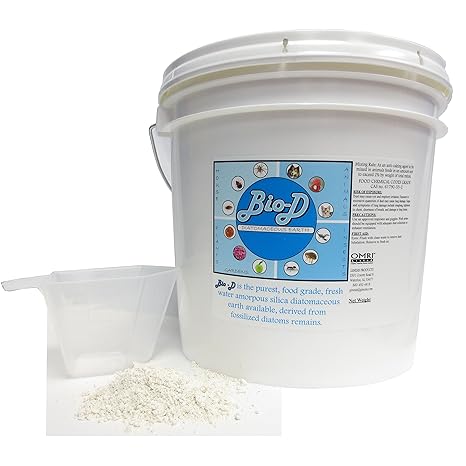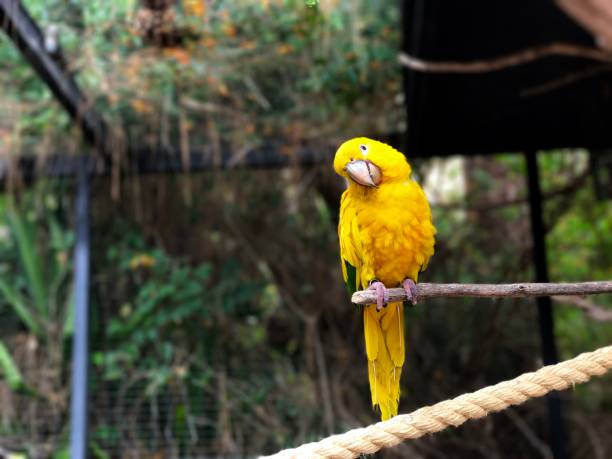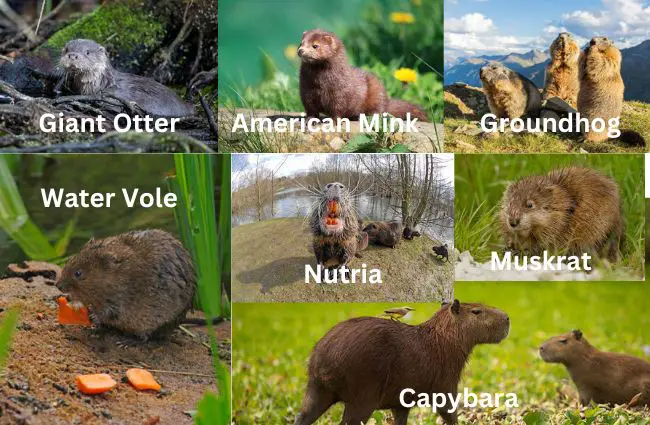Helpful Guides on each Category
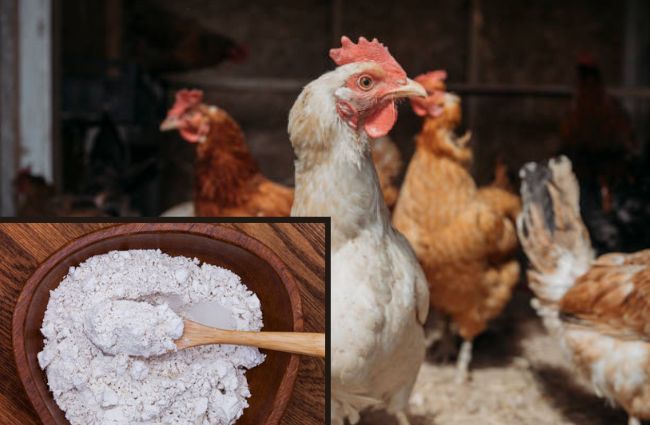
Diatomaceous earth (DE) for chickens still confuses many backyard chicken coop owners as they are not sure of using it. You’ve likely heard some claims about the benefits and risks of diatomaceous earth for chickens, there are questions on its use in controlling parasites to potential respiratory issues if inhaled.
Many in the chicken-keeping community have questions about how to use DE safely and effectively in their coops. In this post, we’ll break down what diatomaceous earth is, how it can benefit your flock, and address common concerns to help you make an informed decision for your home, garden, and chicken coop.
What is Diatomaceous Earth?
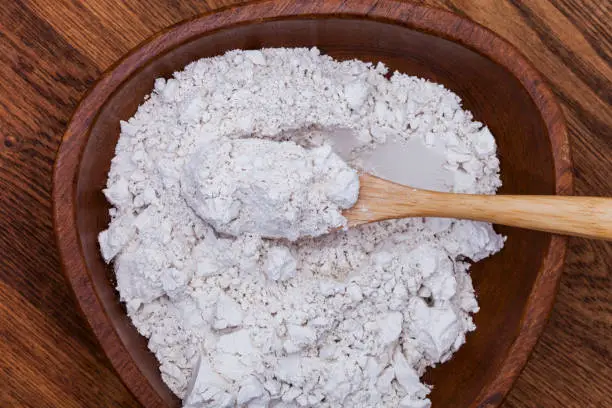
Diatomaceous Earth is a soft, powdery substance made from the tiny fossilized remains of algae called diatoms. These diatoms are microscopic, and over time, their hard shells accumulate in large quantities on the floors of oceans, lakes, and rivers. When mined and ground into a fine powder, this material is known as Diatomaceous Earth.
Diatomaceous Earth is commonly used as a natural insecticide, sprinkled around homes and gardens to control pests like ants, bed bugs, and fleas, as it dehydrates and kills them. Farmers add it to their animal feed to improve digestion and kill parasites.
In cattle feed, grains and cereals, as an anti-caking agent to prevent clumping. In swimming pools, Diatomaceous Earth is used as a filter medium to keep the water clean. It’s also present in some skincare products. You possibly have even eaten and used it in processed foods, handling pet products, or using personal care items where it’s used as an additive.
What is Food-Grade Diatomaceous Earth?
Food-grade diatomaceous earth is a special type of diatomaceous earth that’s been cleaned and processed with 0.5–2% crystalline silica so it’s safe for people and animals to eat. It is the refined version free from any harmful stuff, making it safe enough to mix into food or use in the chicken coop.
For your chicken, food-grade diatomaceous earth is what you want to use to keep their coop clean and pest-free.
You can also mix a little into their feed to help with digestion and keep parasites at bay. It’s just like how we take supplements, believing it helps with things like detoxing or improving their skin and hair. Plus, it’s found in certain foods, like in the powder that keeps flour or spices from clumping together. So, it’s probably more common in your life than you’d think!
Is Diatomaceous Earth Safe for Chickens to Eat?
Yes, food-grade diatomaceous earth is safe for chickens to eat. In fact, many chicken owners add it to their chickens’ feed to help with digestion and to control internal parasites. It’s also sprinkled on chickens in coops to keep away pests like mites and lice.
As for whether diatomaceous earth is toxic or poisonous, it depends on the type. Food-grade diatomaceous earth is not toxic and is safe for both humans and animals, including chickens. But the other type, the industrial-grade version, used in things like pool filters, is harmful if eaten or inhaled because it has higher levels of crystalline silica, which is bad for the lungs.
So, as long as you’re using food-grade diatomaceous earth, it’s safe to use around chickens and other pets.
How to Use Diatomaceous earth for Chickens?
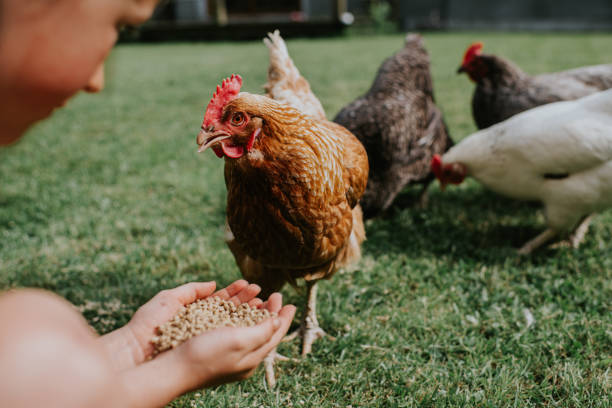
So let me show you the different ways on how to use diatomaceous earth in your chicken coop to keep the flock healthy and their coop clean:
1. Mixing with Feed
Add a small amount of food-grade diatomaceous earth to your chickens’ feed, usually 2% of the total feed weight. This helps improve digestion and can help control internal parasites. Make sure it’s well-mixed so the chickens eat it along with their regular food.
2. Dust Baths
Chickens love taking dust baths, and adding diatomaceous earth to their dusting area help them naturally fend off mites, lice, and other pests. Just sprinkle a bit of the powder into their favorite dusting spots, and the chickens will do the rest.
3. Coop Maintenance
To keep the coop free from pests, sprinkle diatomaceous earth in nesting boxes, on the coop floor, and in any cracks or crevices where insects might hide. This can help reduce the presence of mites, fleas, and other unwanted bugs. Be sure to clean and reapply it regularly, especially after cleaning the coop.
4. Direct Application
If you notice your chickens have mites or lice, you can rub diatomaceous earth directly to their feathers, focusing on the base of the feathers and around the vent area. Just be careful to avoid the chicken’s eyes and nostrils, as the dust can cause irritation.
How much Diatomaceous Earth to Give Chickens?
When giving diatomaceous earth to chickens, the right amount is 2% of their total feed weight. Here’s how you can measure it out:
- For Small Batches: If you’re mixing a small amount of feed, like 10 pounds (4.5 kg), you would add about 3.2 ounces (90 grams) of diatomaceous earth.
- For Larger Batches: For a 50-pound (22.7 kg) bag of feed, you would add roughly 1 pound (450 grams) of diatomaceous earth.
Mix the diatomaceous earth thoroughly into the feed so that it’s evenly distributed. This way, the chickens consume a little bit with every bite, which helps with digestion and can control internal parasites.
Should I Dust my Chickens with Diatomaceous Earth?
Yes, you can dust your chickens with diatomaceous earth, but do it carefully. Use only food-grade diatomaceous earth when dusting your chickens against ectoparasites like mites and lice.
Dust your chickens in a well-ventilated area, preferably outdoors, to avoid inhaling the fine dust. Both you and your chickens should avoid breathing it in, as it can irritate the respiratory system.
Hold the chicken gently but securely. Sprinkle a small amount of diatomaceous earth onto your chicken’s feathers, focusing on areas where parasites are likely to hide, such as under the wings, around the vent, and at the base of the feathers. Rub the powder into the feathers so it reaches the skin.
Be very careful to keep the diatomaceous earth away from the chicken’s eyes, nose, and mouth to prevent irritation.
How Often Should I Sprinkle DE in Chicken Coop?
After I clean out all the old bedding—whether it’s straw, shavings, or whatever I’m using at the time—I sprinkle diatomaceous earth on the floor and the bottom of the nesting boxes. I also take a moment to rub some into the roosts to help keep pests away. Once that’s done, I put in fresh bedding.
Between cleanings as i recommend, I like to reapply the DE by just sprinkling a bit around periodically. This helps maintain a pest-free environment for the chickens and keeps the coop in good shape until the next deep clean.
Alternatives to Diatomaceous Earth for Chicken
There are many great alternatives to DE in teh coop at home or garden that i can think of, here are 9 of the best alternatives i have tried effectively:
1. Wood Ash
You know the leftover ash from your fireplace or wood stove? Chickens love to bathe in it. Wood ash works similarly to diatomaceous earth by drying out and killing pests like mites and lice. Just make sure the ash is cool and free of chemicals before putting it in their dust bath area.
2. Sand
Sand is another good option for dust baths. It’s clean, easy to get, and helps keep your chickens’ feathers free of pests. Just fill a box or an area of their coop with sand, and they’ll take care of the rest. Plus, it’s great for keeping them cool in hot weather!
3. Dried Herbs
Certain herbs naturally repel pests, and they smell great too. You can sprinkle dried herbs like lavender, mint, or rosemary in the nesting boxes or around the coop. Chickens love scratching around in them, and the herbs help keep bugs away.
4. Neem Oil
Neem oil is a natural insect repellent that’s safe for chickens. You can mix it with water and spray it around the coop or even lightly on the chickens if needed. It won’t hurt them but will help keep those pesky bugs at bay.
5. Dried Citrus Peels
If you’ve got leftover orange or lemon peels, don’t throw them away! Dry them out and place them around the coop. The strong citrus smell is off-putting to many pests, and it’s a natural way to keep your flock safe.
6. Sand and Sulfur Mix
A mix of sand and sulfur can be a powerful deterrent against mites and lice. Sulfur has been used for ages to combat pests. Just a small amount mixed in with the sand in their dust bath area can make a big difference.
7. Garlic
Garlic is not just for cooking. It’s known to be a natural repellent for pests. You can add crushed garlic to their water or food. It’s safe for the chickens and helps keep insects like mites away.
8. Vinegar
Apple cider vinegar in particular is great for cleaning the coop. Mix it with water and use it to wipe down surfaces. It can help prevent mites and other pests from settling in. Plus, a little bit added to their water can boost their health too.
9. Poultry Dust
Poultry dust is a product specifically made to combat pests like mites and lice in chickens. It’s easy to find in stores and can be sprinkled directly on the chickens, in their bedding, or around the coop. Just be sure to follow the instructions on the packaging for safe use. While it’s effective, you’ll want to use it sparingly and ensure good ventilation in the coop to avoid respiratory issues for your flock.
Poultry dust is a bit more hands-on, but it’s the best alternative to DE many chicken coop owners use, especially when there’s a persistent pest problem.
Is Lime or Diatomaceous Earth Better for Chickens?
Diatomaceous earth is generally better for chickens. It helps with parasites like mites and lice and is safe when used properly. Lime is harsh and will irritate their feet skin and respiratory system.
Lime is good for getting rid of odors and reducing parasites in the bedding. On the other hand, diatomaceous earth is a better choice for keeping chickens clean.
Where to Buy Food Grade Diatomaceous Earth for Chickens
Buy Discounted On AMAZON
